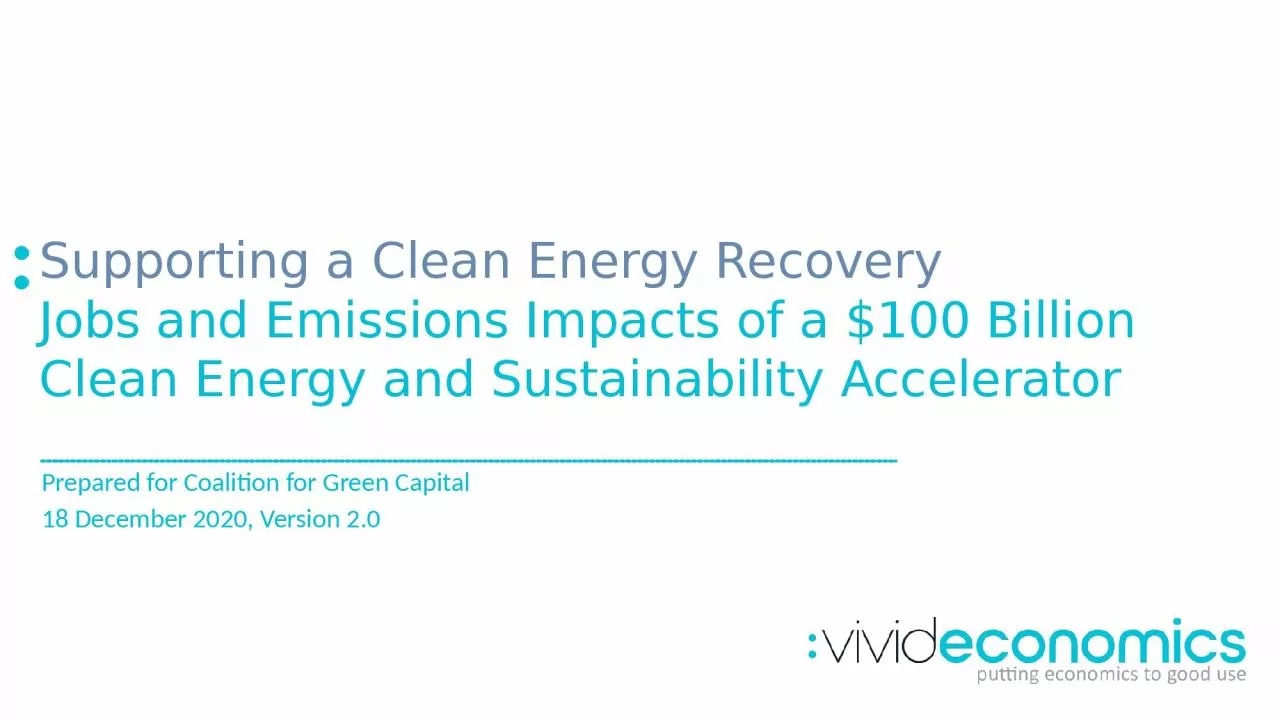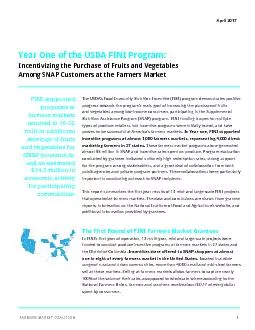PPT-Prepared for Coalition for Green Capital
Author : hanah | Published Date : 2024-01-29
18 December 2020 Version 20 Supporting a Clean Energy Recovery Jobs and Emissions Impacts of a 100 Billion Clean Energy and Sustainability Accelerator Summary National
Presentation Embed Code
Download Presentation
Download Presentation The PPT/PDF document "Prepared for Coalition for Green Capital" is the property of its rightful owner. Permission is granted to download and print the materials on this website for personal, non-commercial use only, and to display it on your personal computer provided you do not modify the materials and that you retain all copyright notices contained in the materials. By downloading content from our website, you accept the terms of this agreement.
Prepared for Coalition for Green Capital: Transcript
Download Rules Of Document
"Prepared for Coalition for Green Capital"The content belongs to its owner. You may download and print it for personal use, without modification, and keep all copyright notices. By downloading, you agree to these terms.
Related Documents














